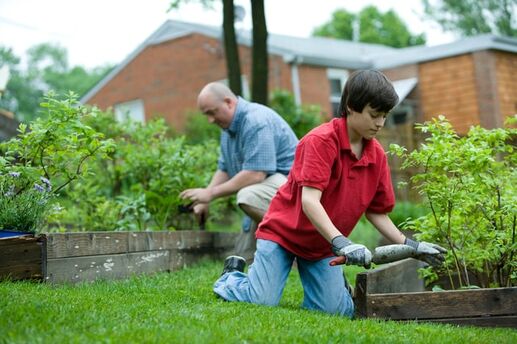6 Reasons to Call the Pediatrician
Sick children at home? If they’ve got a cold, they'll usually recover on their own within seven to 10 days, but in some cases, those sniffles can develop into a more serious condition that requires medical attention. If you notice any of the following warning signs in your kids, you've got reason to call the pediatrician.
Warning Sign No. 1: A high fever
A fever of 105 F or more can mean your child has another problem, like strep throat. If your baby is younger than 3 months old, you should also call your doctor if he or she has a fever of 100.4 F or more.
Warning Sign No. 2: Symptoms that persist after the fever subsides
Most kids start to perk up after their fever goes down. But if your little one still seems tired and miserable after the number on the thermometer drops, it could mean she's dehydrated -- or even has a more serious infection such as meningitis, so get a hold of your doctor's office as soon as possible.
Warning Sign No. 3: Wheezing or vomiting while coughing
Call your pediatrician if coughing causes your child to gasp for breath or throw up. She may want to screen for asthma or whooping cough.
Warning Sign No. 4: Symptoms that don't improve
Kids sometimes catch two colds in a row, so they can be sick for longer than the normal weeklong span. But if it doesn't seem your child is improving and her runny nose remains consistent for more than 10 days, it's worth calling your doctor.
Warning Sign No. 5: Rash with fever
Children can get rashes from viruses and allergic reactions. But if the rash doesn't blanch -- or fade -- when you press on it, call your pediatrician immediately. It may be a sign of a serious infection.
Warning Sign No. 6: Gut feeling that something's wrong
I'm a firm believer in a mother's "sixth sense," or gut intuition. You know your child best, so if something doesn't seem right, call your doctor. It's better to address your concerns early on, so we can catch any illnesses as soon as possible.
Photo by Ashkan Forouzani on Unsplash






